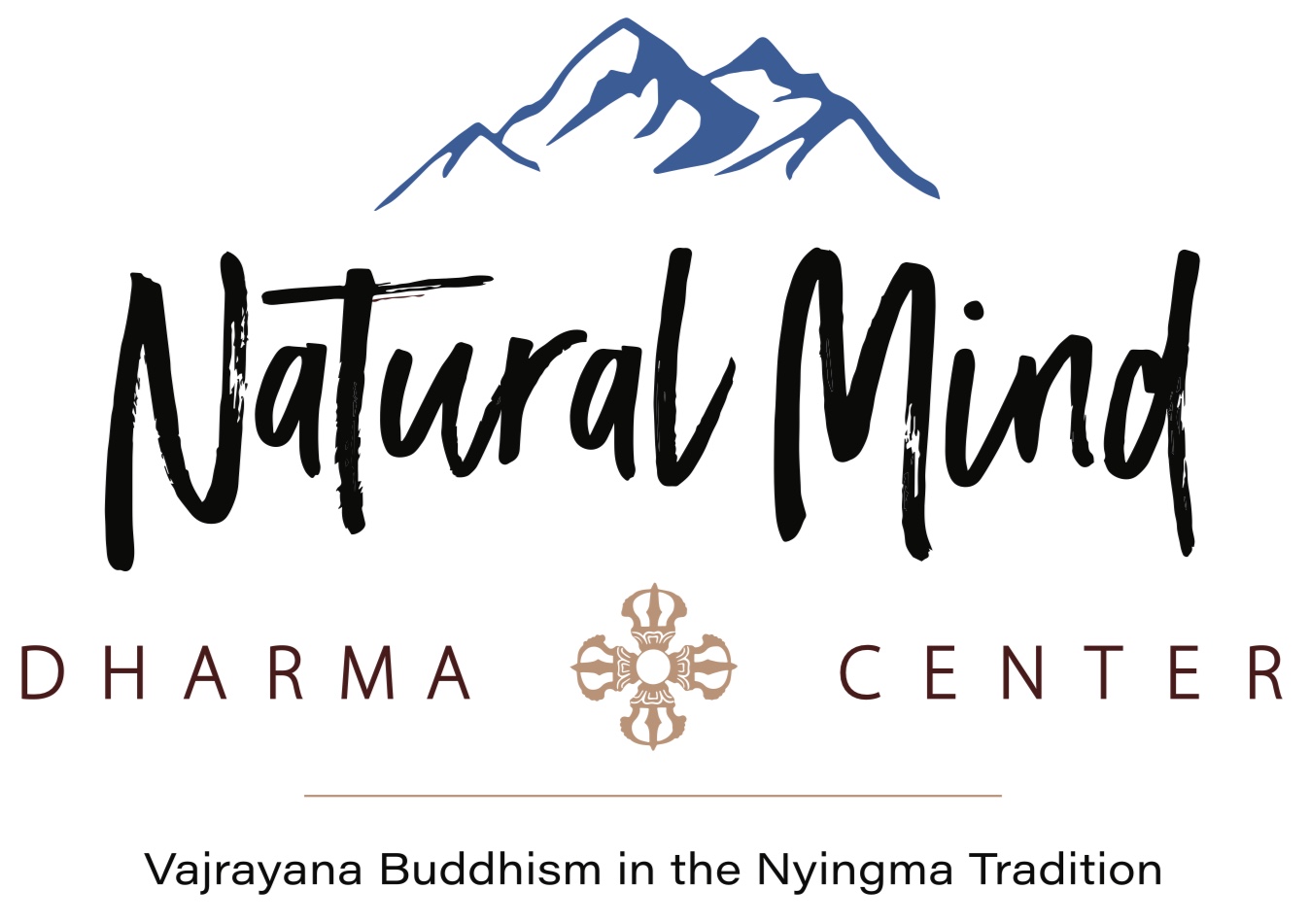What We Fail to See
Carol Rim in the Painted Hills unit of John Day Fossil Beds National Monument is one of our pilgrimage places. We travel there annually and hike the trail as spring wildflowers begin to show their faces—or not. It all depends on conditions. If the area has experienced enough moisture, the soils have warmed from night freezing, and many other causes and conditions, we are gifted with colorful desert flowers.
This morning, we see a lot of beautiful flora like fiddle neck, yellow pincushion, biscuitroot, and larkspur. We are surprised bye the number of swallowtail butterflies drinking nectar from and pollinating the purple vetch. Their dance among the blossoms is like an air ballet and I try to get a close up photo, freezing the moment for later view (only humans do this).
After retuning home, I enlarge the butterfly moments on my computer. I am astounded by the blue and red markings at the base of the wings, something I could not see with my naked eye because of distance. Nature is so awe inspiring and she reveals even more awesomeness under the microscope. Most folks never see these things
We do not see what we do not see, unless we do the extra work of slowing down and focusing our awareness. Whether through the camera lens, binoculars, or simply being open to a surprise, we have an opportunity to recognize a self-reflected display of the what is hidden to our busy minds. No one can adequately describe why this is so important, but everyone who sees what they have failed to see understands.
